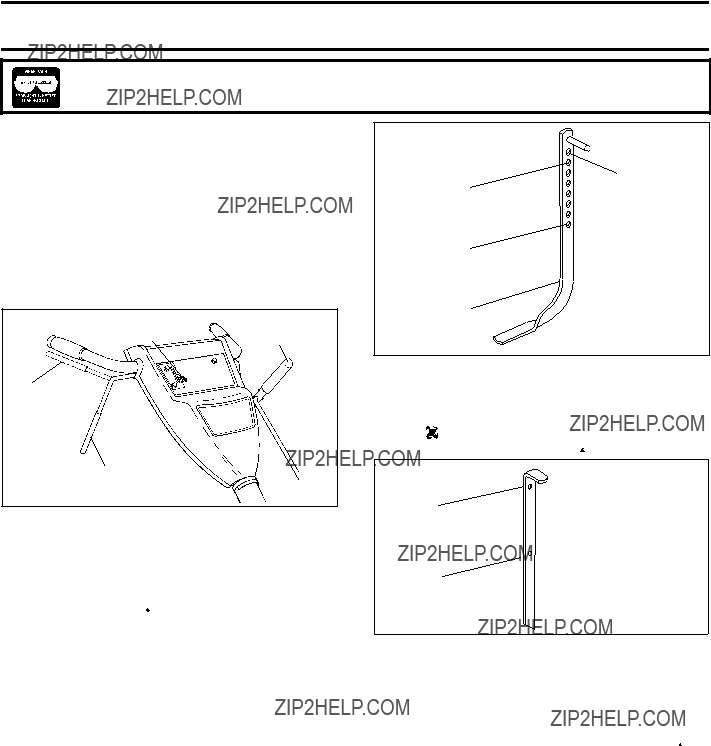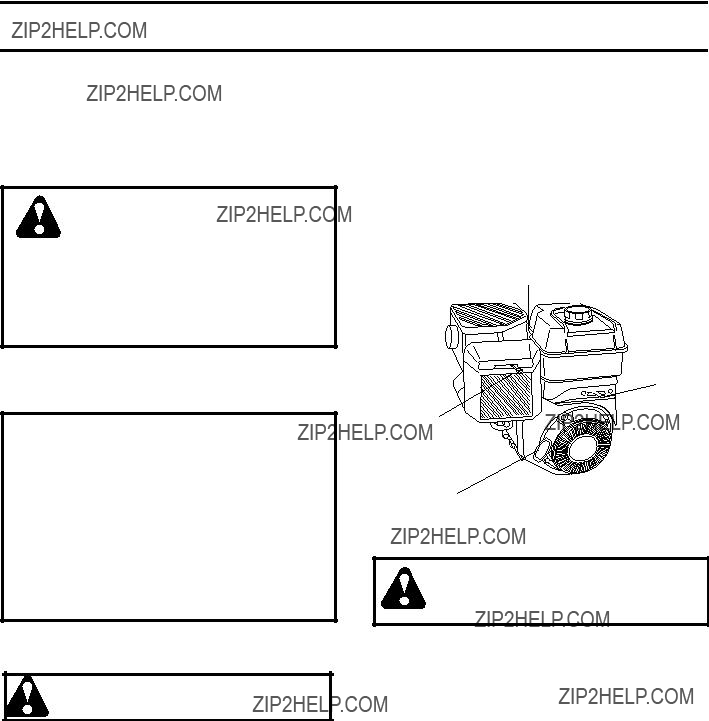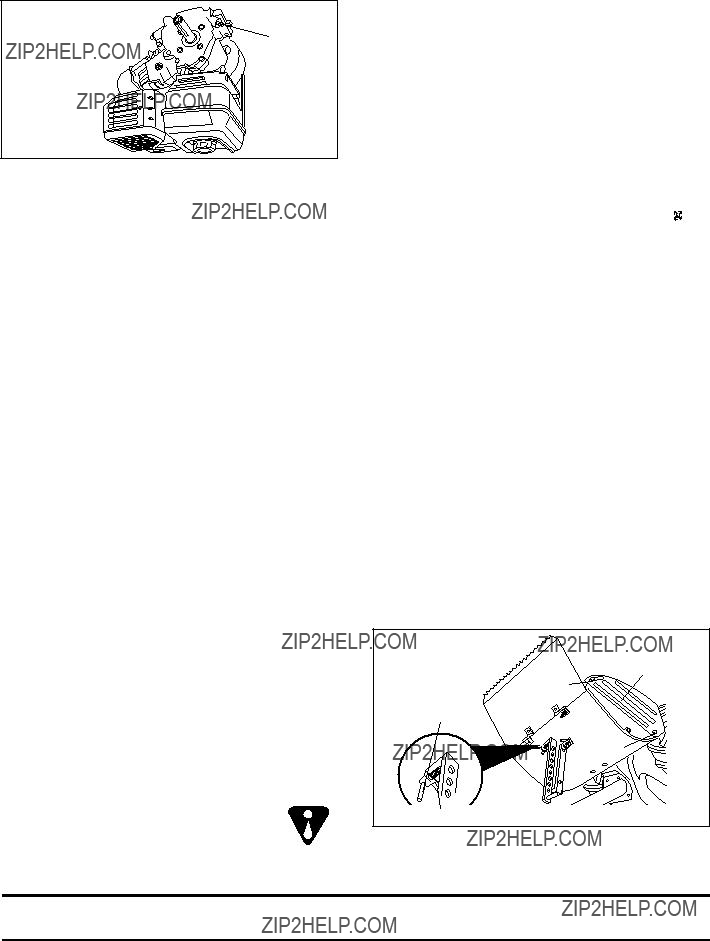LIMITED WARRANTY
The Manufacturer warrants to the original consumer purchaser that this product as manufactured is free from de- fects in materials and workmanship. For a period of two (2) years from date of purchase by the original consumer purchaser, we will repair or replace, at our option, without charge for parts or labor incurred in replacing parts, any part which we find to be defective due to materials or workmanship. This Warranty is subject to the following limita- tions and exclusions.
1.This warranty does not apply to the engine or components parts thereof. Please refer to the applicable manu- facturer's warranty on these items.
2.Transportation charges for the movement of any power equipment unit or attachment are the responsibility of the purchaser. Transportation charges for any parts submitted for replacement under this warranty must be paid by the purchaser unless such return is requested by the Manufacturer.
3.The Warranty period for any products used for rental or commercial purposes is limited to 90 days from the date of original purchase.
4.This Warranty applies only to products which have been properly assembled, adjusted, operated, and maintained in accordance with the instructions furnished. This Warranty does not apply to any product which has been subjected to alteration, misuse, abuse, improper assembly or installation, delivery damage, or to normal wear of the product.
5.Exclusions: Excluded from this Warranty are belts, tines, tine adapters, normal wear, normal adjustments, stan- dard hardware and normal maintenance.
6.In the event you have a claim under this Warranty, you must return the product to an authorized service deal- er.
Should you have any unanswered questions concerning this Warranty, please contact:
giving the model number, serial number and date of purchase of your product and the name and address of the authorized dealer from whom it was purchased.
THIS WARRANTY DOES NOT APPLY TO INCIDENTAL OR CONSEQUENTIAL DAMAGES AND ANY IMPLIED
WARRANTIES ARE LIMITED TO THE SAME TIME PERIODS STATED HEREIN FOR OUR EXPRESSED WAR- RANTIES. Some areas do not allow the limitation of consequential damages or limitations of how long an implied Warranty may last, so the above limitations or exclusions may not apply to you. This Warranty gives you specific legal rights, and you may have other rights which vary from locale to locale.
This is a limited Warranty within the meaning of that term as defined in the Magnuson-Moss Act of 1975.


 WARNING
WARNING


 RIGHT
RIGHT





 ) till position or the forward rotat- ing (
) till position or the forward rotat- ing (

 ) till position and engaging drive control bar.
) till position and engaging drive control bar.
 ) till position. The drag st
) till position. The drag st

 )till position.
)till position. ) till position .
) till position .


 ) till position .
) till position .







 BEHIND
BEHIND 
 TIRE)
TIRE)


























 AVERTISSEMENT
AVERTISSEMENT
